My Aquaponics Adventure: A Backyard Experiment
I remember the day I decided to dive headfirst into the world of aquaponics, a whole system combining fish with plants, no soil, and, of course, my very own backyard. I was sitting at my old kitchen table, sipping what I hoped was the last of the stale coffee, flipping through a gardening magazine that my sister had left behind. I always loved the idea of growing my own food, and the thought of fish and vegetables living harmoniously? Well, that just seemed too good to be true.
After reading an article on aquaponics, I felt I could handle this. I was fueled by dreams of fresh herbs dancing in the kitchen air, plump tomatoes ripe for salad, and—let’s be honest—a bit of vanity in the form of being known as that quirky guy with the cool backyard project.
Gathering Supplies
My first step was to gather supplies. I rummaged through my dad’s old shed, which was about as organized as a tornado in a junkyard. I found a used plastic tub, perfect for the fish tank. It had seen better days—some scratches, algae stains, and a mysterious odor that I still couldn’t classify. Who knew what kind of secrets it harbored? Next, I grabbed some PVC pipes, an old submersible pump I’d forgotten about, and a whole bunch of random buckets that I figured I could use for the grow beds.
The whole setup must have looked like a mad scientist’s playground: fish tank for the critters, buckets to hold the growing medium, and those PVC pipes dangling like a weird circus act. It was a glorious mess.
Choosing the Fish
I didn’t give much thought to the type of fish. “Goldfish seem nice!” I declared, remembering the vibrant little guys from my childhood. It didn’t pop into my head until later that they weren’t exactly ideal for aquaponics. I wound up at the local pet store, standing there, trying not to think about how over my head I was. The store owner suggested tilapia—hardy little fish that could thrive in various conditions. “Yeah, sounds great!” I said, not entirely understanding what I was signing up for.
Once back home, I filled the plastic tub with water and did my best to set up the pump. When I plugged it in and watched the water churn, I was convinced I’d nailed it. Unfortunately, that confidence was short-lived. A week in, something strange began to happen. The water turned a distinct shade of green, resembling something I’d expect to find in an old pond. My optimism took a nosedive as I realized I had no idea how to fix it.
The Great Fish Episode
Then came the fish. My heart swelled when I dropped those little guys into their new home, but soon after, I started to notice odd behaviors. Some were swimming like they were auditioning for a Broadway show while others seemed to float, belly up. I panicked! “What did I do wrong?” I thought. After googling “sick tilapia,” which genuinely felt like a wild goose chase, I discovered I hadn’t added an air stone to the tank. The poor fish were gasping for breath!
I rushed to hardware stores, grabbing what I could find while convincing myself that I wasn’t a terrible fish parent. The air stone was a game-changer. After a few hours, I started to feel a bit more at ease. But, lo and behold, as I grappled with one crisis, another arose. The plants wouldn’t flourish in my DIY growing medium made from clay pebbles and some old compost I’d scavenged from my shed. Everything felt stuck—my fish were alive, but the plants? Not so much.
Grassroots Gardening: Finding My Rhythm
After one particularly frustrating afternoon, I thought about giving up. My backyard experiment was beginning to feel more like a sinking ship than a flourishing ecosystem. However, my stubborn streak kicked in, and I started doing more research. I learned about nitrification, pH balance, and the perfect balance of fish to plant ratio. It reminded me of those high school chemistry classes, only this time, I was dealing with fingerprints on my glasses and water splashes on my shoes.
I played around with kale and basil, which eventually began to sprout, and it was like watching a miracle unfold. The kale reached towards the sun while the fish swam peacefully below. I even started naming each tilapia—Walter, Bubbles, and Mystique. I knew I had a long way to go, but I finally found a rhythm resonating with nature.
Embracing Imperfection
What really surprised me through this journey was how much I learned about patience and humility. Mistakes were made—so many mistakes. I remember one time, about a month in, I awoke to a terribly foul smell wafting throughout the yard. I had completely forgotten to clean the filter, and it was as if I had a mini disaster brewing in my backyard. Let’s just say I spent most of the afternoon trying to rectify that mess.
But each obstacle led to something beautiful—persistent kale leaves, robust basil, and a reel of stories I was eager to share.
Closing Thoughts
This journey of aquaponics reminded me that nothing worth having comes easy. Sure, my system isn’t perfect, and I’ve certainly lost a couple of fish along the way. But I’ve gained so much more: a sense of community with fellow backyard experimenters, a newfound appreciation for perseverance, and a taste for homegrown produce.
If you’re thinking about doing this, don’t worry about getting it perfect. Just start. You’ll figure it out as you go, one fish and one plant at a time.
And for anyone feeling the pull of that initial experiment, why not take the plunge? Join the next session of hands-on learning and gain your green thumb! Reserve your seat here!.

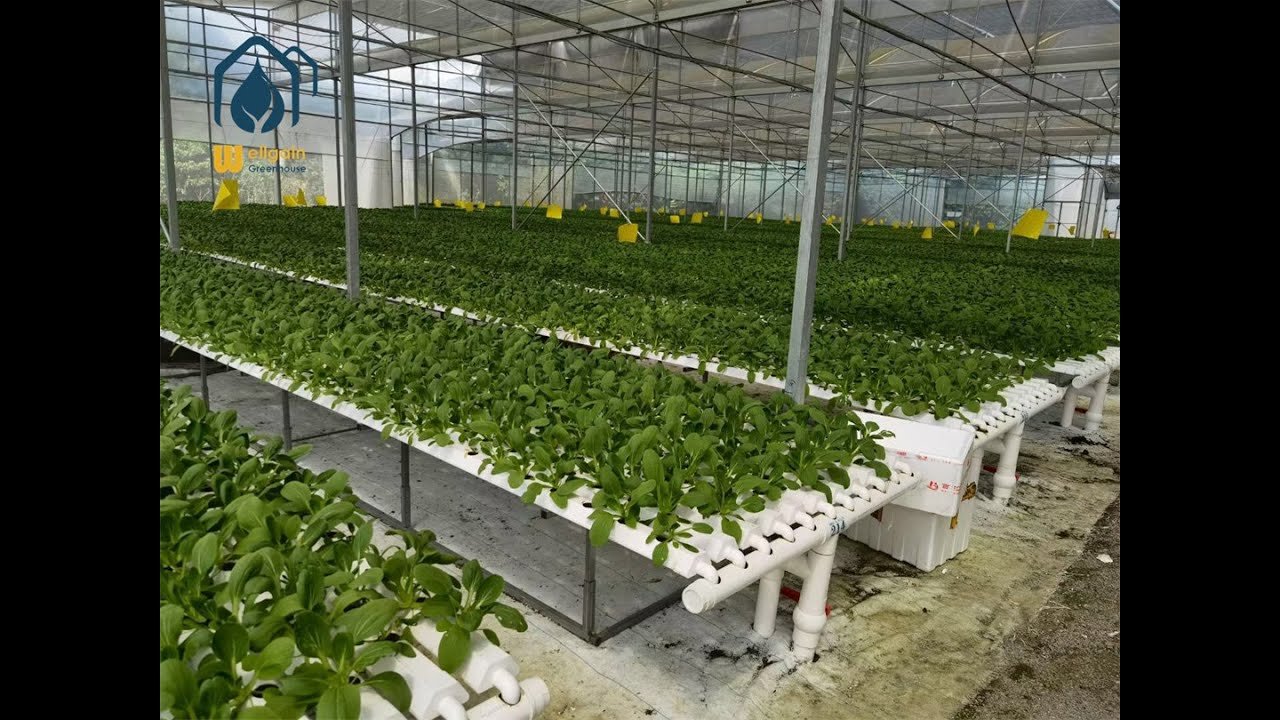
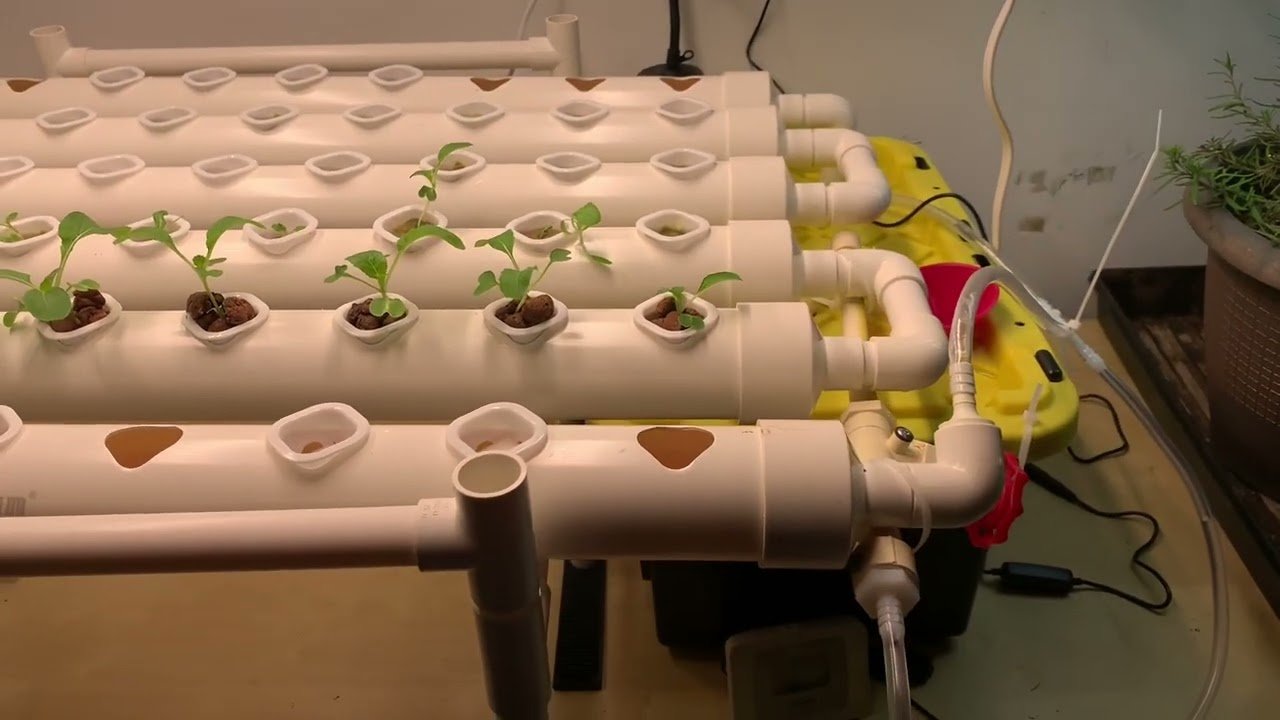
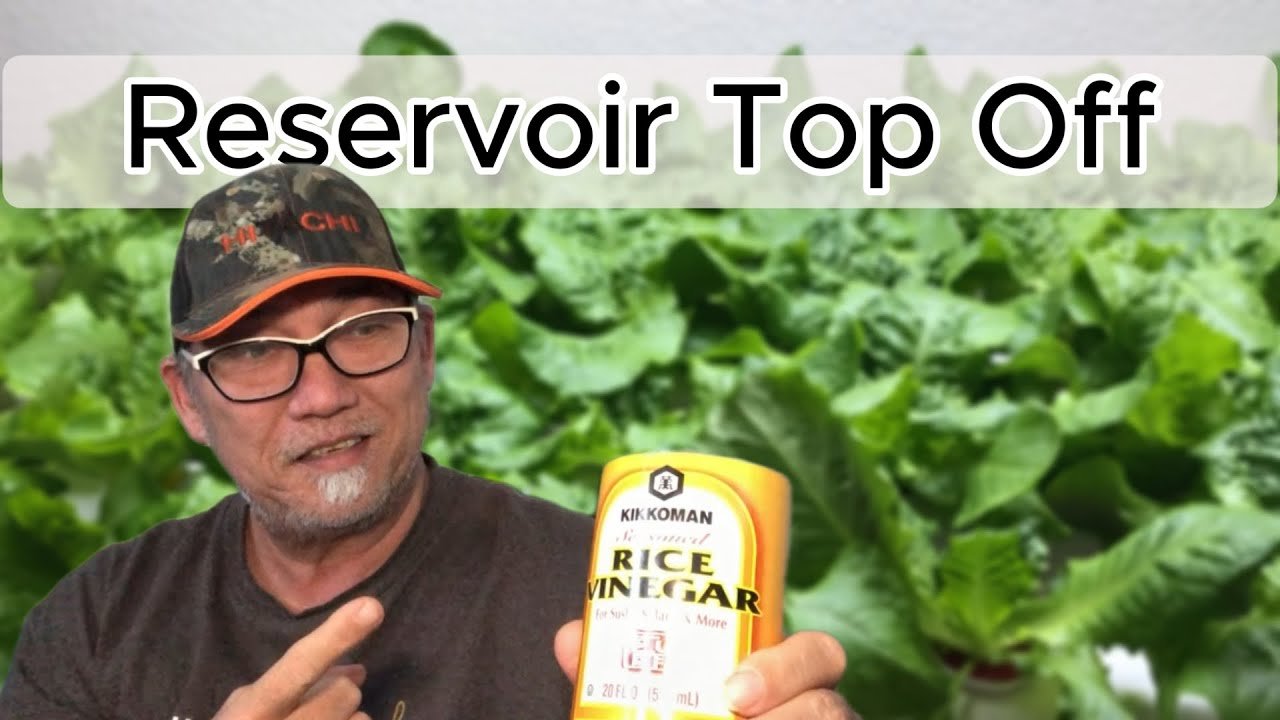
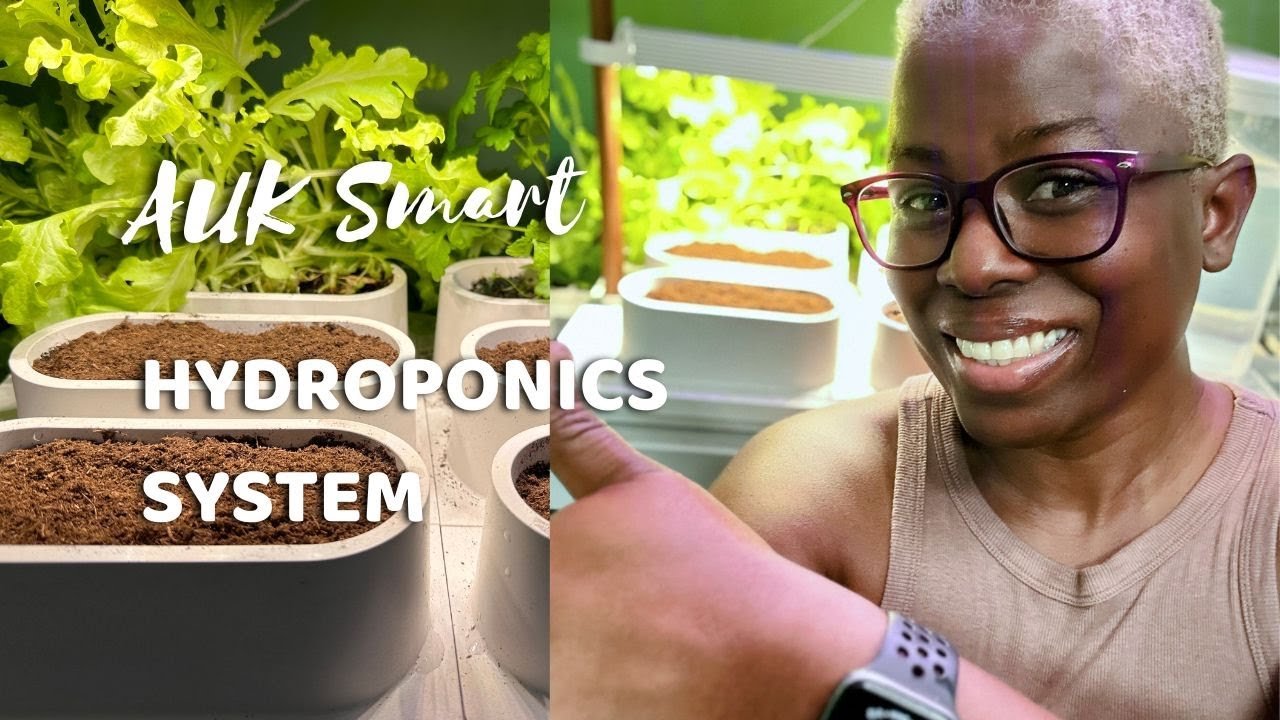

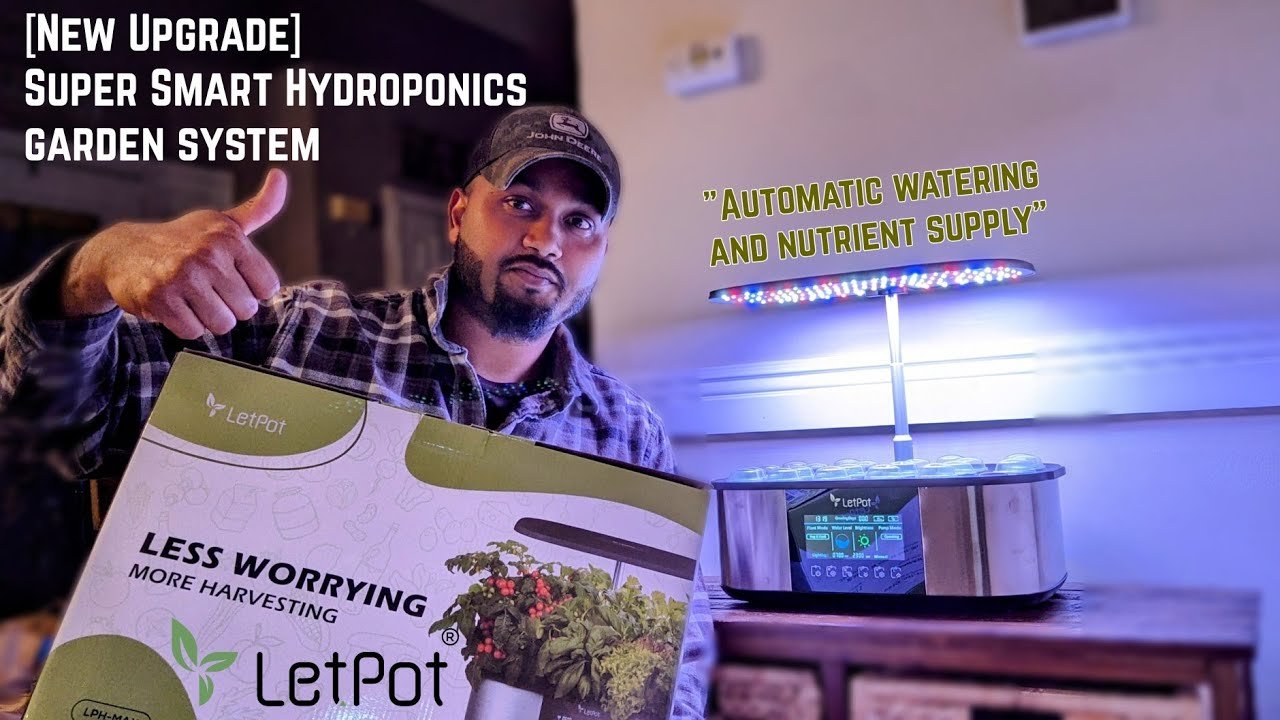
Leave a Reply